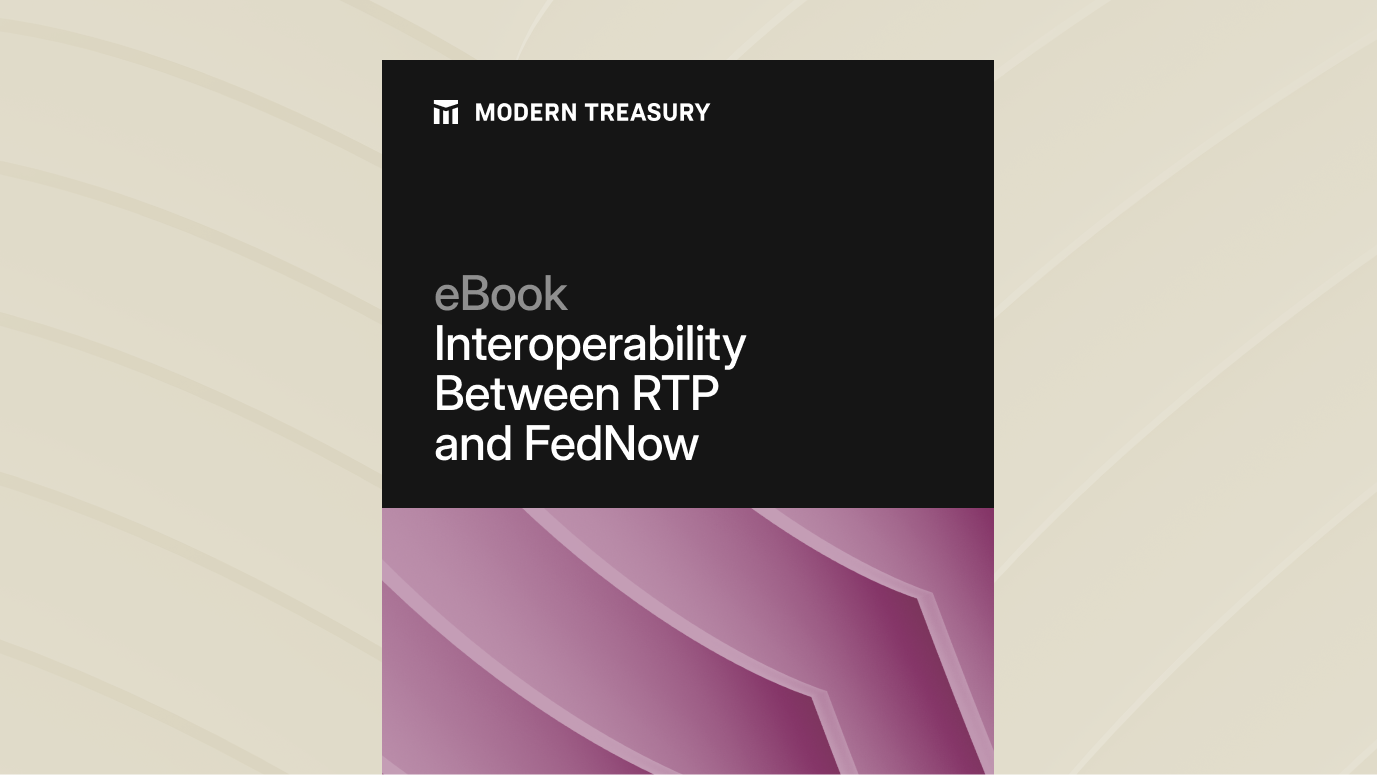Join us at Transfer 2025 to hear how industry leaders are building payments infrastructure for a real-time world.Register Today →
What to Expect with a Payment's “Effective Date”
Modern Treasury uses a field called "Effective Date" to represent the date of a payment. This journal takes a look at payment timelines and why the Effective Date does not mean date of transmission.

Modern Treasury uses a field called “Effective Date” to represent the date of a payment. Sometimes payments are submitted in advance of the Effective Date, based on payment rail requirements, which can cause confusion.
Effective Date does not mean date of transmission. An Effective Date represents the date that the recipient of a payment sees the funds transferred and the financial institutions at either end of the transaction settle funds with one another.
Payment Processing Timeline
With payment timelines, it's important to understand the entire process to avoid the risk of missing payments or reporting inaccurate financial information. The timeline includes processing dates and settlement dates. The date a payment is transmitted is the processing date. The settlement date, or Effective Date, is when the transaction is finalized between parties.
Some funds are settled using a net settlement system, which means participating financial institutions will collect credits and debits throughout the business day, then work with the network operator and other financial institutions to execute net settlements.
For example, The Clearing House (TCH) and FedACH are the two ACH network operators. At the end of each business day, the operators dictate how the participating financial institutions should settle with one another for the total transfers conducted between them. Until that money transfer between financial institutions occurs, the Receiving Depository Financial Institutions (RDFIs) cannot settle the payment with the receiving party's account.
With gross settlements, on the other hand, payments are settled on an individual basis, as they happen, and are generally harder to reverse.
Effective Dates for Different Payment Rails
Effective Dates can vary based on the payment rail, so the first question is whether the payment rail is a net settlement system. If the network operator settles net transfers between each participating financial institution on a batched basis—typically at the end of each banking day—there's a chance the Effective Date is different from the processing date.
With Same-Day ACH, Effective Dates are often the same as the processing date for both credit and debit entries—as long as the payment is submitted before the last ACH batch processing cutoff time. With normal ACH, the Effective Date for credit entries will be one or two days after the processing date; for debit entries, the Effective Date is the following banking day.
Generally, the same timelines for ACH payments apply to other EFT payment types. Bankers' Automated Clearing System (BACS) payments follow a unique timeline that puts the Effective Date two banking days following the processing date. Wires and RTP support gross settlement, so payments clear and settle individually in real time with immediate finality.
When in doubt, consult the governing body's literature about any rail's operating rules.
How Modern Treasury Can Help
Businesses must understand cutoff times and effective dates to avoid payment roll-overs, which can result in bottlenecks, cash flow holdups, and bank fees. This can be difficult since cutoffs vary widely and depend on the bank, location, and type of deposit.
Across all open-loop payment systems, network operators enforce cutoffs for financial institutions to submit payments for settlement. Those financial institutions impose their own cutoffs on customers. These customer-facing cutoffs are usually around the end of the business day on each Banking Day. Modern Treasury will transmit payments for processing 60 minutes and 10 minutes before the customer-facing cutoffs.
Modern Treasury will not try to submit payments after the last customer-facing cutoff and instead roll the payment to the next banking day, updating the payment's Effective Date to one banking day later if necessary. There are new 24/7/365 payments systems that offer continuous operation, such as RTP, and soon, FedNow. Modern Treasury will always submit payments instantly if the payment system supports it.
Get in Touch
To learn more about how Modern Treasury's API can provide seamless money movement, sign up, or reach out to a payment advisor.
Payment operations for simpler scheduling
We’ve got you covered, from beating cutoffs to auto-updated effective dates







